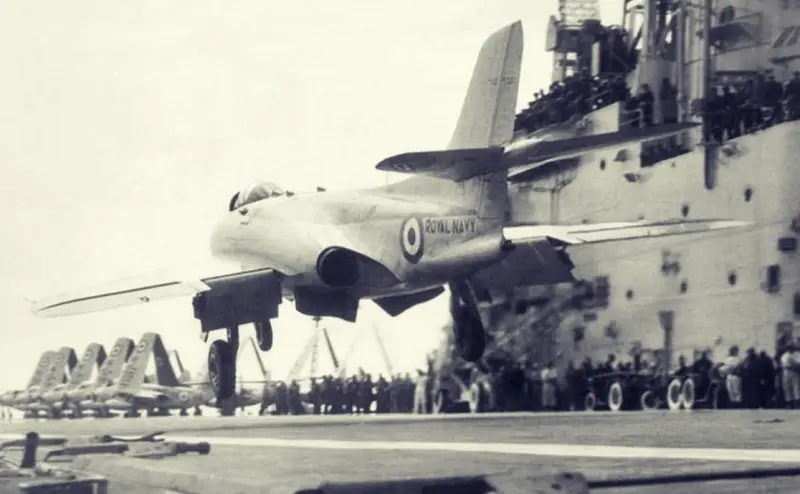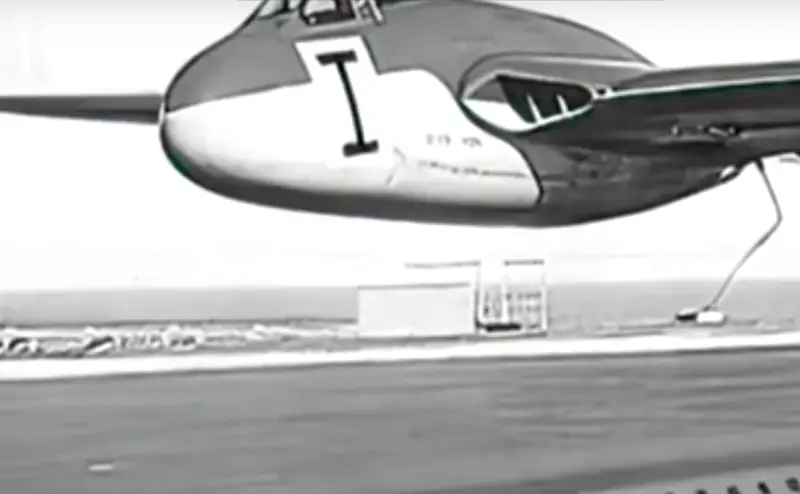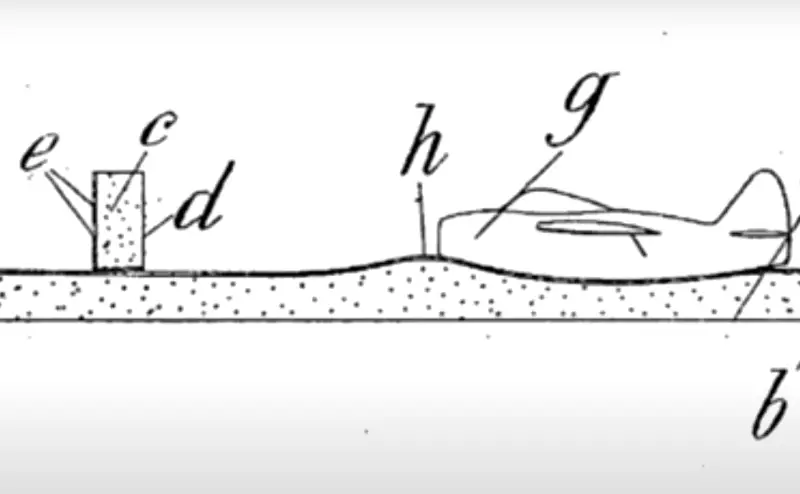Why did the British use rubber decks on their aircraft carriers?

After World War II, the British wondered how to use carrier-based aircraft without landing gear, since various emergencies and accidents often occurred when landing on an aircraft carrier. Unlike propeller-driven aircraft, jet aviation was theoretically capable of landing without landing gear, but for this it is necessary to prepare a platform that can provide sufficient shock absorption.
Removing the landing gear also made it possible to lighten the aircraft and free up its internal space, thereby improving its performance. The British came up with many different concepts for landing without landing gear, such as floating landing strips on water, landing on soft ground or sand, and even special carts.

However, Major Green came up with the idea of landing on a kind of rubber carpet or, rather, a large air cushion. According to the major's idea, the deck of the aircraft carrier was supposed to be a large sheet of rubber placed on fire hoses under pressure. The British calculated that a rubber carpet 45 meters long and 16 meters wide could withstand the weight of an aircraft weighing 3,5 tons. The plane without landing gear was launched from a catapult, and the rubber coating was doused with water to reduce wear on the surface. This crazy idea was tested by the English pilot Eric Brown, who tried to land on an aircraft carrier, but the landing was unsuccessful due to the high speed of the aircraft and it was only by pure chance that the pilot managed to avoid serious injuries.

By the spring of 1948, the system had been improved, thanks to which Brown was able to make a perfect landing on the rubber deck of an aircraft carrier. During six months of testing, about 200 landings were made both at sea and on land.
However, as jet aircraft became larger and heavier, it finally became clear that rubber decks for aircraft without landing gear were a dead-end development.
Information